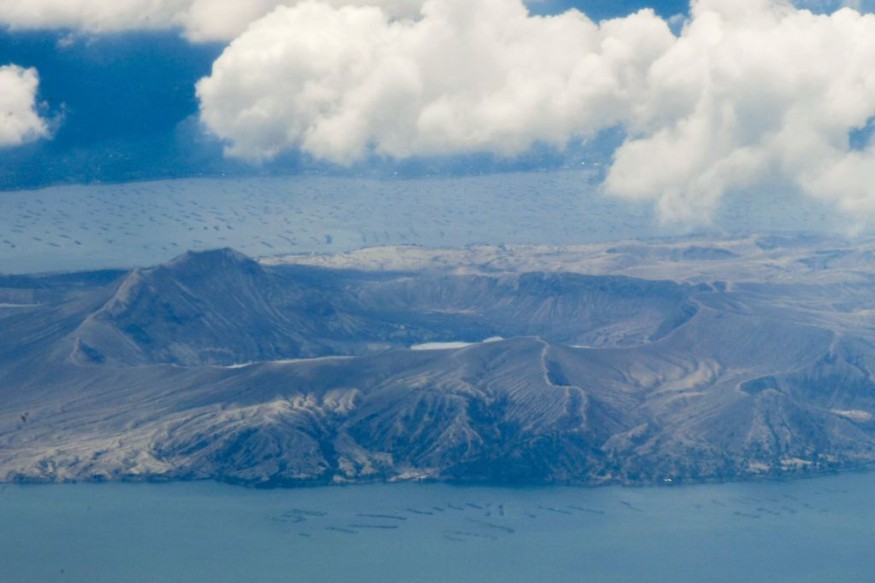The Philippines' Taal Volcano remains under Alert Level 1 after volcanic smog was observed in its vicinity and nearby areas late last week.

According to the latest advisory of the Philippine Institute of Volcanology and Seismology (PHIVOLCS), the volcano, located in Batangas, continues to manifest low level unrest.
Under Alert Level 1, the volcano is still in abnormal condition and should not be interpreted to have ceased unrest nor ceased the threat of eruptive activity.
Latest volcanic activity
When it comes to seismicity, zero volcanic earthquake had been recorded in the past 24 hours.
Experts, however, observed upwelling of hot volcanic fluids in the main crater lake as well as plume that is 900 meters tall, with moderate emission as well as northeast drift.
In terms of ground deformation, long-term deflation of Taal Caldera is observed as well as the short-term inflation of the northern flanks of the Taal Volcano Island.
Authorities said that entry into Taal Volcano Island or its Permanent Danger Zone (PDZ) remains prohibited, especially the main crater and Daang Kastila fissures, including the occupancy and boating on Taal Lake.
Furthermore, the flying of any aircraft near and close to Taal Volcano's vicinity is also prohibited.
Officials also warned against the possible hazards that could occur, such as steam-driven or phreatic or gas-driven explosions, volcanic earthquakes, minor ashfall, lethal accumulations or expulsions of volcanic gas.
Read Also : Taal Volcano Quiet, Lowered Alert Status
Volcanic smog
It was on September 1 when volcanic smog was observed by volcanologists over Taal Volcano.
"Volcanic smog or vog has been observed over Taal Lake by the Taal Volcano Network and has lingered over the region until present. Continuous upwelling persists at the Taal Main Crater Lake, generating steam plumes that rose to 2,400 meters before drifting to the west-southwest," the PHIVOLCS said in a previous advisory.
In addition to that, experts said that a total of 4,569 tons per day of volcanic sulfur dioxide or SO2 gas emission from the Taal Volcano's main crater was measured on that day.
Moreover, satellite monitors had also detected a large cloud of SO2 over and stretching west of Taal Lake on that day.
The volcanic smog was monitored to have adverse effects over the Taal Region since the first week of September. This as an average of 3,402 tons per day of SO2 has been degassed from Taal Volcano for the month.
Due to the vog, government officials were forced to suspend classes and even workers in the areas that were affected including the provinces of Cavite and Batangas.
Experts said that vog consists of fine droplets containing volcanic gas such as SO2, which is acidic and can cause irritation of the eyes, throat and respiratory tract with severities depending on the gas concentrations and durations of exposure.
They noted that those who may be particularly sensitive to vog include those with health conditions, such as asthma, lung disease and heart disease, the elderly, pregnant women and children.
Residents living in affected areas should limit their exposure to vog by avoiding outdoor activities, staying indoors and shutting doors and windows to block out vog.
Aside from that, they should protect themselves by covering their nose, ideally with an N95 facemask. They should also drink plenty of water to reduce any throat irritation or constriction.
Related Article : Taal Volcano Remains Restless on its 2nd Week
Related Video:
© 2025 NatureWorldNews.com All rights reserved. Do not reproduce without permission.





